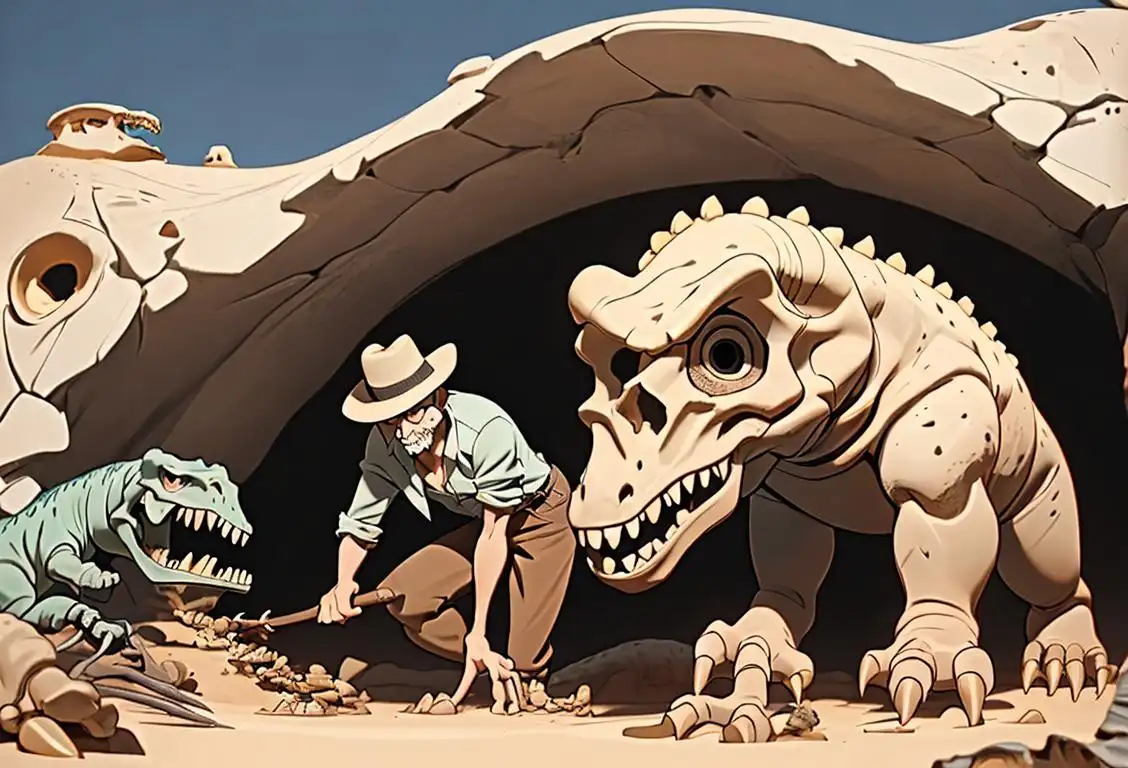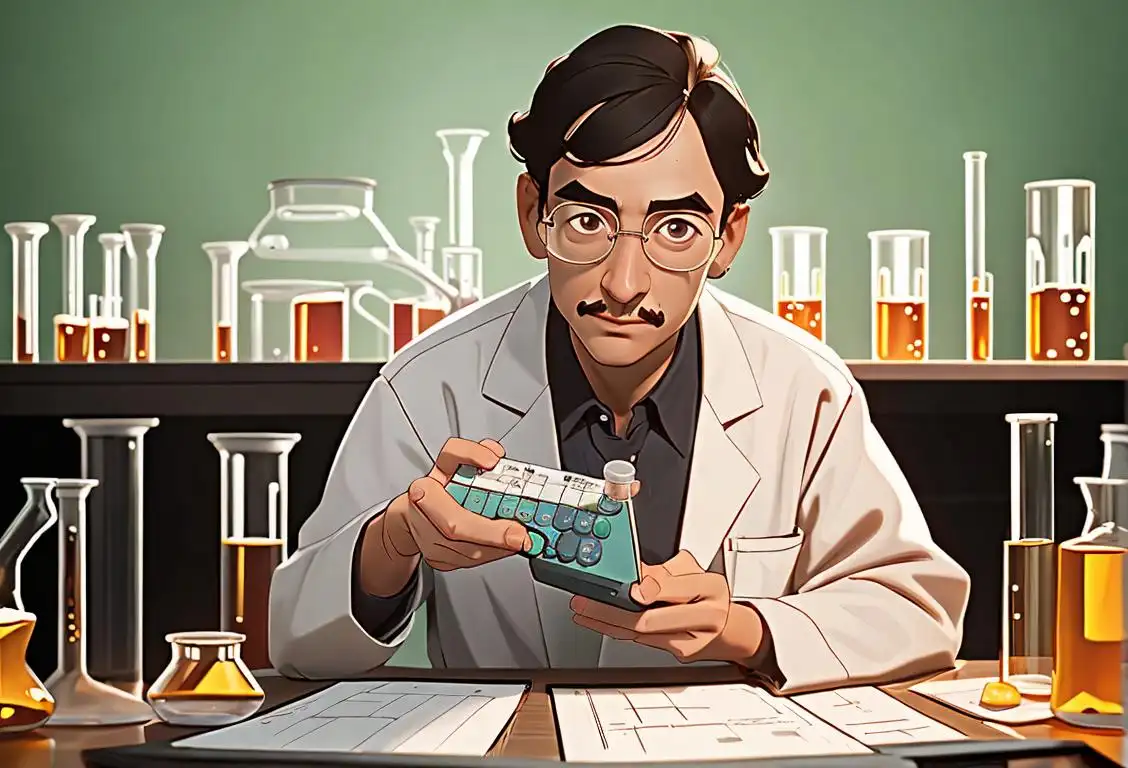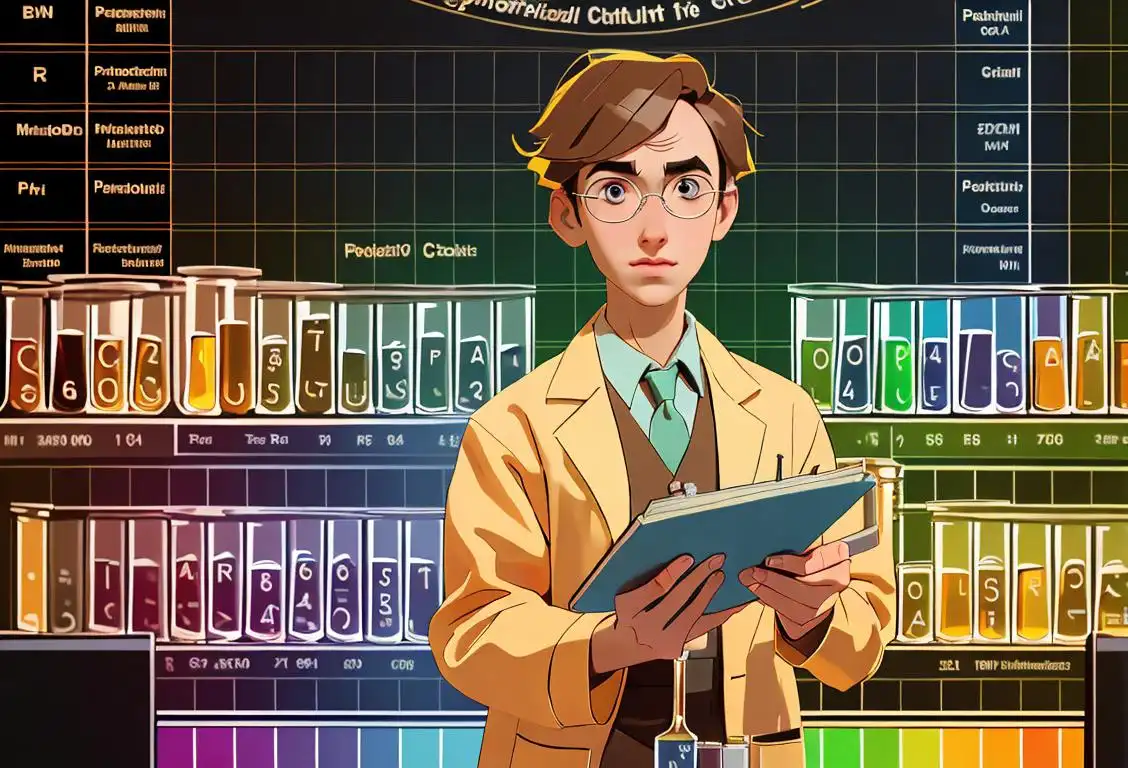National Dna Day

What day is celebrated for the 'molecule of life'? If you're calculating or have a genome map handy, you'll likely end up at April 25th - National DNA Day! This day takes an 'adenine to thymine' approach to celebrate the building blocks of life. If you aren't well-versed in genetics, never fear! This fun-packed day is here to help you 'pair up' with knowledge you might not come across in your normal helix (or day).
When is Dna Day?
It's national dna day on the 25th April.
A Brief Introduction
National DNA Day was first celebrated in the year 2003 by the National Human Genome Research Institute (NHGRI), to commemorate the successful completion of the Human Genome Project and the discovery of DNA's double helix structure by Watson and Crick. And how do humans celebrate this genetic breakthrough? With online seminars, educational events, and even an annual DNA Day Essay Contest (with no need to worry about any genetic qualification to participate).
Online Popularity
Over the years, National DNA Day has sequenced its way into the hearts of folk online as well. Our data suggests that the popularity of the day culminated on April 25, 2016 with a whopping 7096 mentions! That's a lot of people chatting about guanine, cytosine, thymine, and adenine!
The Relevance and Impact
National DNA Day isn't just about science; it's about understanding ourselves, appreciating the genetic diversity around us, and acknowledging the incredible discovery made decades ago. This day serves as a potent reminder of how far science has come, and the uncharted genomic territories left to explore!
History behind the term 'Dna'
1844
Discovery of hereditary information
In the year 1844, a Swiss chemist named Friedrich Miescher made a groundbreaking discovery in the realm of hereditary information. He isolated a substance from the nuclei of white blood cells, which he called 'nuclein'. This substance would later be identified as the building blocks of life - DNA.
1865
Identification as the 'stuff of inheritance'
It wasn't until the year 1865 that DNA started to gain recognition as a vital component of heredity. Gregor Mendel, an Austrian monk often regarded as the father of modern genetics, published his work on the laws of inheritance. However, Mendel was unaware of the existence of DNA and attributed heredity to other factors.
1900
Rediscovery of Mendel's work
In the year 1900, three scientists working independently - Hugo de Vries, Carl Correns, and Erich von Tschermak - rediscovered Mendel's laws of inheritance. This rekindled the interest in understanding the material responsible for transmitting hereditary information.
1928
Discovery of DNA as the transforming principle
In 1928, Frederick Griffith, an English bacteriologist, conducted a groundbreaking experiment with bacteria that would lead to a significant discovery. He observed that non-virulent bacteria could acquire the ability to cause disease when in the presence of heat-killed virulent bacteria. This phenomenon, known as transformation, later turned out to involve the transfer of genetic material - DNA.
1952
Confirmation of DNA as the genetic material
The year 1952 marked a major breakthrough when Alfred Hershey and Martha Chase, two American scientists, conducted an experiment that confirmed DNA as the genetic material. They used bacteriophages, viruses that infect bacteria, to demonstrate that DNA, not protein, was responsible for carrying hereditary information.
1953
Discovery of the DNA structure
The iconic moment in DNA's history came in 1953 when James Watson and Francis Crick, along with Maurice Wilkins and Rosalind Franklin, unveiled the double helix structure of DNA. Their work provided a physical model explaining how DNA stores, replicates, and transmits genetic information. This discovery revolutionized the field of biology and earned them the Nobel Prize in Physiology or Medicine in 1962.
2003
Completion of the Human Genome Project
In the year 2003, the Human Genome Project, an international scientific effort, successfully completed the sequencing of the human genome. This mammoth endeavor effectively mapped out the entire human DNA sequence, providing invaluable insights into human evolution, genetic diseases, and the potential for personalized medicine.
Did you know?
Did you know that if the DNA in a single cell in your body were unwound, it would stretch nearly six feet long! Now, that's a lot of genetic coding in one tiny cell!Tagged
awareness fun education science knowledge genes DNA genomicsFirst identified
7th April 2015Most mentioned on
25th April 2016Total mentions
7096Other days
Dna Day
Stem Day
Fossil Day
Mole Day
Periodic Table Day
Student Athlete Day
Punctuation Day
School Nurse Day
Education Day
Grammar Day








